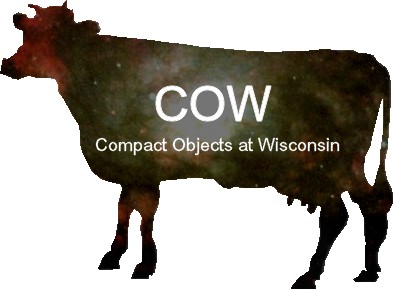
The study of compact objects brings together traditional astrophysics, including fluid mechanics and plasma physics, and observational astronomy, with elements of nuclear and particle physics, gravitation and general relativity, statistical mechanics, and condensed matter physics. We will discuss the relevant astrophysics, astronomy, nuclear physics, particle physics, general relativity, thermal physics, and condensed matter physics.
Here we will present the observational astronomical and theoretical/computational astrophysical principles relevant to compact objects.
Nuclear and particle physical principles are central to an understanding of compact objects. Here we present necessary background principles.
Neutron stars and black holes are dense enough to require general relativity to describe their gravitational fields. Here we present the requires principles from gravitational theory and general relativity.
Here we present the physics that describes the internal characteristics of matter in bulk.
Here we present the physics that describes the structure and properties of matter in dense phases.
 |
Back to the COW Page |